Betterment: A robo-advisor platform for investors
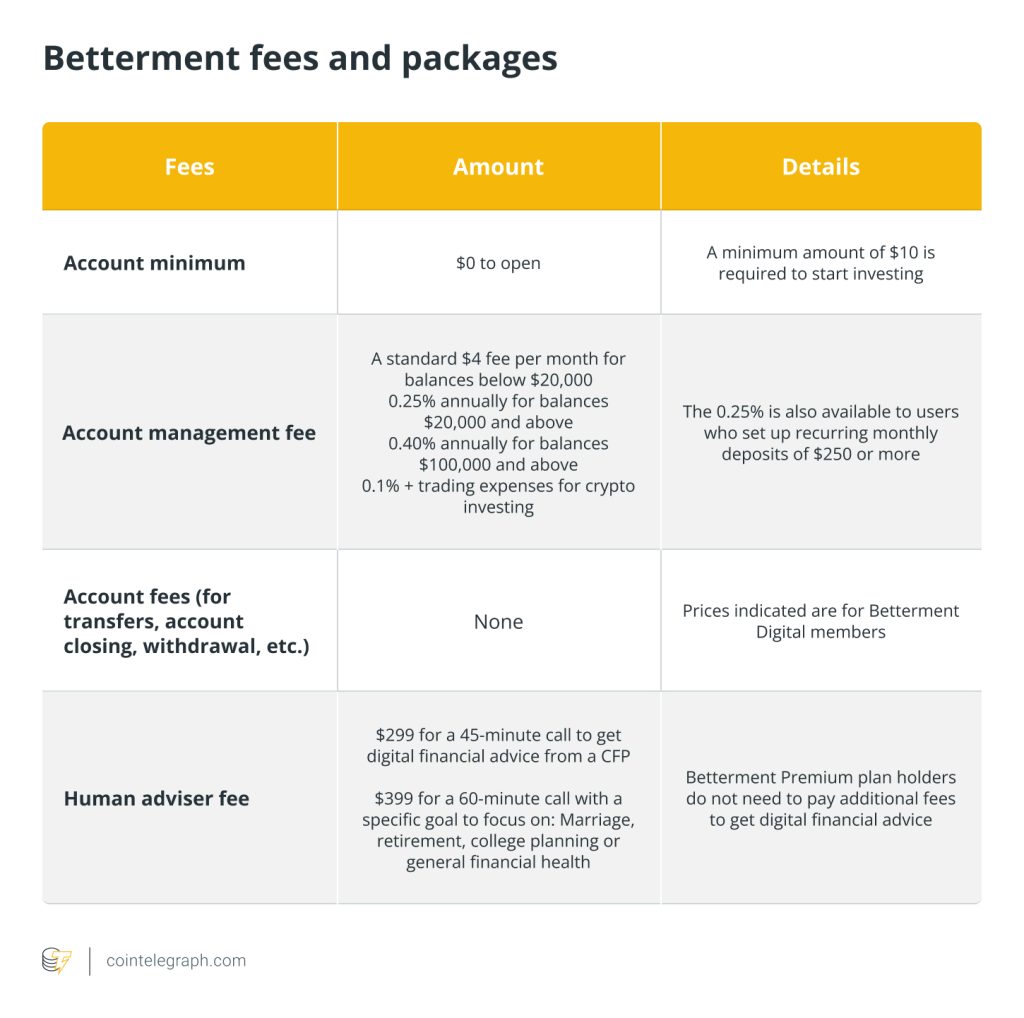

Robo-advisors are digital platforms that provide investment and financial planning services. These platforms offer personalized and automated algorithm-driven insights based on a client’s financial situation and goals.
New York-based Betterment LLC built the first robo-advisor platform in 2008 and launched it in 2010 at a TechCrunch Disrupt conference. Betterment was initially designed to help manage passive buy-and-hold investments but has since diversified its services. Today, it has over 800,000 users and over $36 billion worth of assets under management.
What is Betterment, and how does it work?
Betterment is an automated investing platform for investors and traders looking to manage their finances and grow their wealth. In addition to machine learning, the platform uses many traditional techniques, such as statistical modeling, Monte Carlo simulations and the Black–Litterman model, to match clients’ risk tolerance and financial goals with diversified portfolios of low-cost exchange-traded funds (ETFs).
Betterment employs low-cost ETFs that replicate well-established indexes to create diversified investment portfolios. The precise fund combination varies depending on clients’ profiles and goals.

Betterment employs these low-cost ETFs that replicate well-established indexes to create diversified investment portfolios. The precise fund combination varies depending on clients’ profiles and goals.
For example, an emergency fund typically includes 15% stocks and 85% bonds. On the other hand, a general investment fund for someone in their mid-30s who doesn’t need the money in the near term will generally include 90% stocks — i.e., a more aggressive asset allocation.
Whereas other robo-advisors gauge risk tolerance, Betterment forms a client’s core portfolio based on age, investment goals and income. Upon signing up, individual investors will be asked to select their desired investment option from one of three categories:
- Stocks and bonds
- Cash
- Crypto.

Users will then be asked to provide basic personal details, including their address, age, employment status and tax filing status. They will also be asked to gauge their investment experience and provide basic financial information, including their annual income and total investable assets.

Users can choose from several portfolio options besides the Betterment core portfolio, including:
- Flexible Portfolio: Allows for adjustments in asset class weightings in the default Core Portfolio.
- Innovative Technology: Focuses on innovative technology projects, such as virtual reality, blockchain, clean energy, robots and the like.
- Goldman Sachs Smart Beta Portfolio and the BlackRock Target Income Portfolio: Uses alternative diversification strategies for earning outsized returns and maintaining low costs.
- BlackRock Target Income Portfolio: A diversified bond fund ideal for investors looking to generate steady income.
- Broad Impact: A socially responsible investment (SRI) option that invests in ETFs based on environmental, social and governance factors.
- Climate Impact: Also an SRI portfolio; Focuses on companies that support green projects and low-carbon initiatives.
- Social Impact: An SRI portfolio that invests in companies active in forwarding gender diversity and minority employment.
Investors also have the option to create a flexible portfolio that allows them to adjust the individual asset class weights. Betterment also offers socially responsible investment portfolios that allow users to donate shares to charities, as well as portfolios that focus on innovative technology.
Betterment Digital incurs a 0.25% annual fee and requires a minimum balance of at least $20,000, while Betterment Premium charges 0.40% with a minimum $100,000 balance. Accounts with balances that fall below these requirements can still use Betterment for a fee of $4 per month.
Betterment also offers four customizable cryptocurrency portfolios that users can choose from:
- Universe: Offers broad exposure and popular coins, including Bitcoin (BTC), Ether (ETH) and Chainlink (LINK). It is recommended for investors looking for diversified access to crypto under one portfolio.
- Sustainable: Focuses on green cryptocurrencies and proof-of-stake (PoS) blockchains like Ethereum, Solana and Tezos.
- Metaverse: Focuses on assets involved in virtual metaverse games and online real estate platforms, such as Decentraland (MANA) and Sandbox (SAND).
- Decentralized finance: Contains decentralized finance (DeFi) protocols’ tokens, such as Aave (AAVE), Compound (COMP) and Uniswap (UNI).
Betterment has a cryptocurrency investment cap of 5% of a user’s total investable assets. In addition, a 1% annual advisory fee and Gemini trading expenses (up to 0.15%) apply to the portfolios. The cryptocurrency exchange Gemini acts as the custodian of Betterment’s cryptocurrency investment portfolios.
Customers with an existing Betterment account can access the cryptocurrency platform using their usual login. However, new customers will need to sign up for a Betterment account, but they are not required to invest in other Betterment products to use the cryptocurrency portfolios.
The platform also offers other financial services through various features, including:
Adviser services
For those looking to manage their finances, they can connect with certified financial planners and advisers. The service is free for Betterment Premium users and costs $299–$399 for Betterment Digital users.
Tax management services
The platform already offers automatic tax-loss harvesting by default, a feature that rebalances users’ portfolios to limit capital gains taxes. The platform reviews users’ investments daily to reduce tax exposure. Betterment also sells securities that have significantly decreased in value and replaces them with similar investments to reduce users’ taxes.
Additionally, Betterment’s Tax-Coordinated Portfolio feature lowers users’ tax obligations by dividing their investments in particular assets between taxable and tax-advantaged retirement accounts.
The platform also has a Tax Impact Preview tool to allow users to review potential tax implications associated with portfolio moves. Users can also leverage the platform’s charitable giving tool to donate appreciated securities to charity in a tax-efficient manner.
Cash management accounts
Users can open Betterment Cash Reserve and Betterment Checking accounts independently without needing a Betterment investing account. These are two separate and free-standing products, and users have the option to open either account or both.
Betterment Cash Reserve serves as a cash account to store uninvested money and earn an interest rate of 4.50% annual percentage yield. Users also have the freedom to make unlimited monthly transactions. Cash Reserve is backed by multiple partner banks, providing up to $1 million in Federal Deposit Insurance Corporation (FDIC) insurance coverage.
As per the FDIC, account holders do not need to be United States citizens or residents to have their deposits insured by the FDIC. This means that global Betterment account holders have valid FDIC insurance coverages regardless of residence and citizenship.
Betterment Checking functions like a regular checking account, which includes a Visa debit card. It has no maintenance or overdraft fees and covers all ATM charges. The balance of the account is managed by NBKC Bank, which provides up to $250,000 in FDIC insurance for account holders’ cash.
Automatic rebalancing
Betterment regularly rebalances users’ portfolios in response to market fluctuations and other factors that may shift their portfolios out of their intended investment allocations. If, for example, a user’s target was to have 60% stocks and 40% bonds, and the stocks are performing well, the stocks may increase to 80%, exposing users to a risk level they may not be comfortable with.
The automatic rebalancing feature monitors users’ allocation and automatically adjusts investments if they veer away from the users’ goals. The platform’s algorithm can check multiple times daily through machine learning to rebalance portfolios as required.
Betterment fees and packages

What are the pros of using Betterment?
Betterment is an appealing choice for investors due to its user-friendly interface, low minimums and fees, and automated portfolio management. It utilizes market simulations and statistical modeling to monitor the market and rebalance portfolios, creating an efficient investment process ideal for busy individuals seeking maximum returns.
Unique to Betterment is the ability to create low-cost, socially responsible investment portfolios. The platform’s goals-based approach enables users to align portfolios with their risk tolerance and long-term objectives.
Additionally, Betterment offers a default tax-loss harvesting feature, saving on taxes and maximizing returns. These advantages make Betterment a viable investment option for investors at all levels.
Some cons of using Betterment
While Betterment offers numerous benefits, it’s important to consider a few drawbacks. The premium plan requires a minimum of $100,000, which may be high for small or new investors.
The absence of direct indexing limits tax-loss harvesting options, potentially resulting in missed tax benefits. Betterment’s only option for tax-loss harvesting is to sell the fund, which can result in unrealized tax losses from individual stocks.
Additionally, the setup process can be overwhelming, lacking clear guidance or a checklist for new investors. Therefore, before deciding on an investment platform, one must consider all these factors.
Written by Marcel Deer


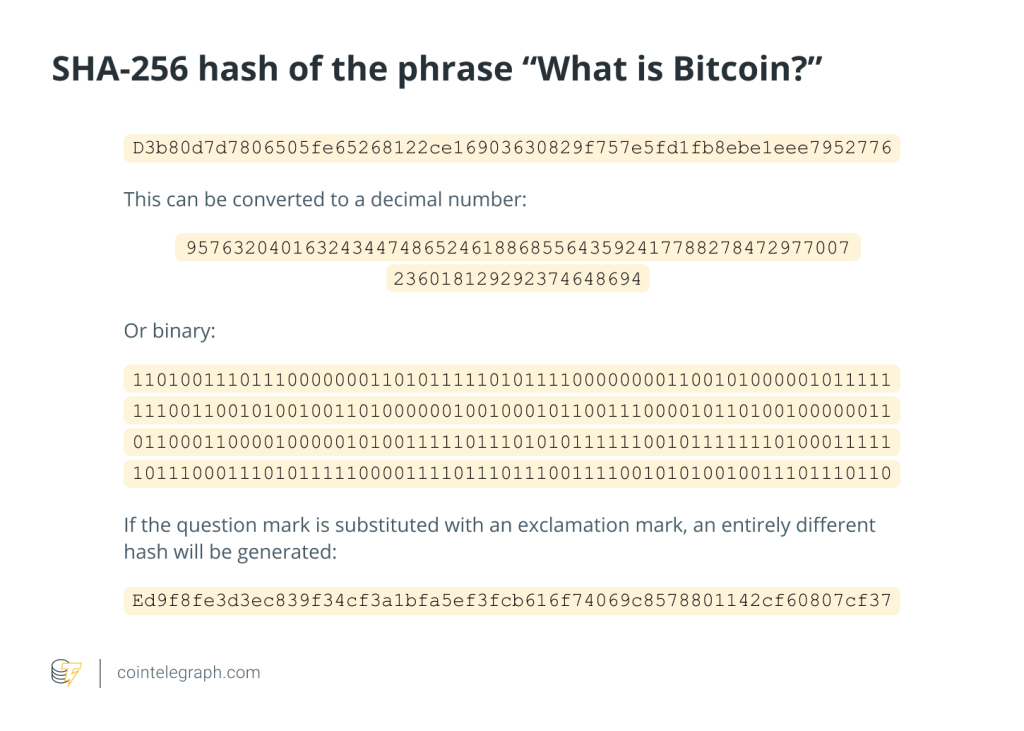
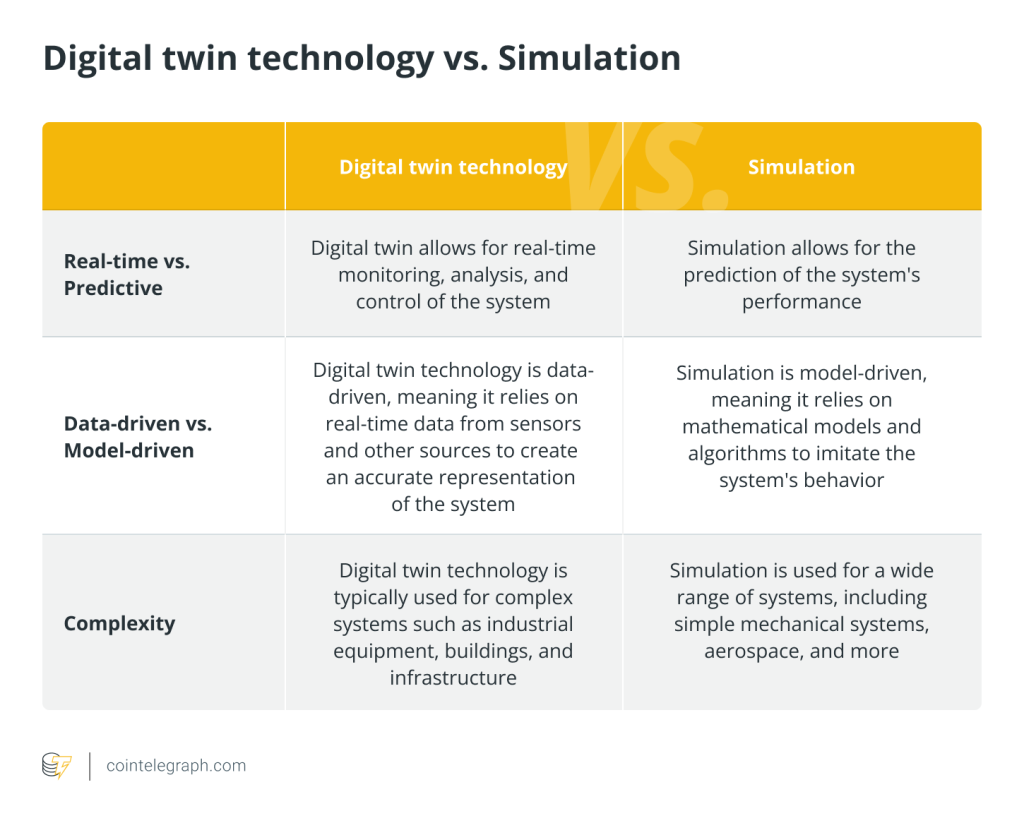
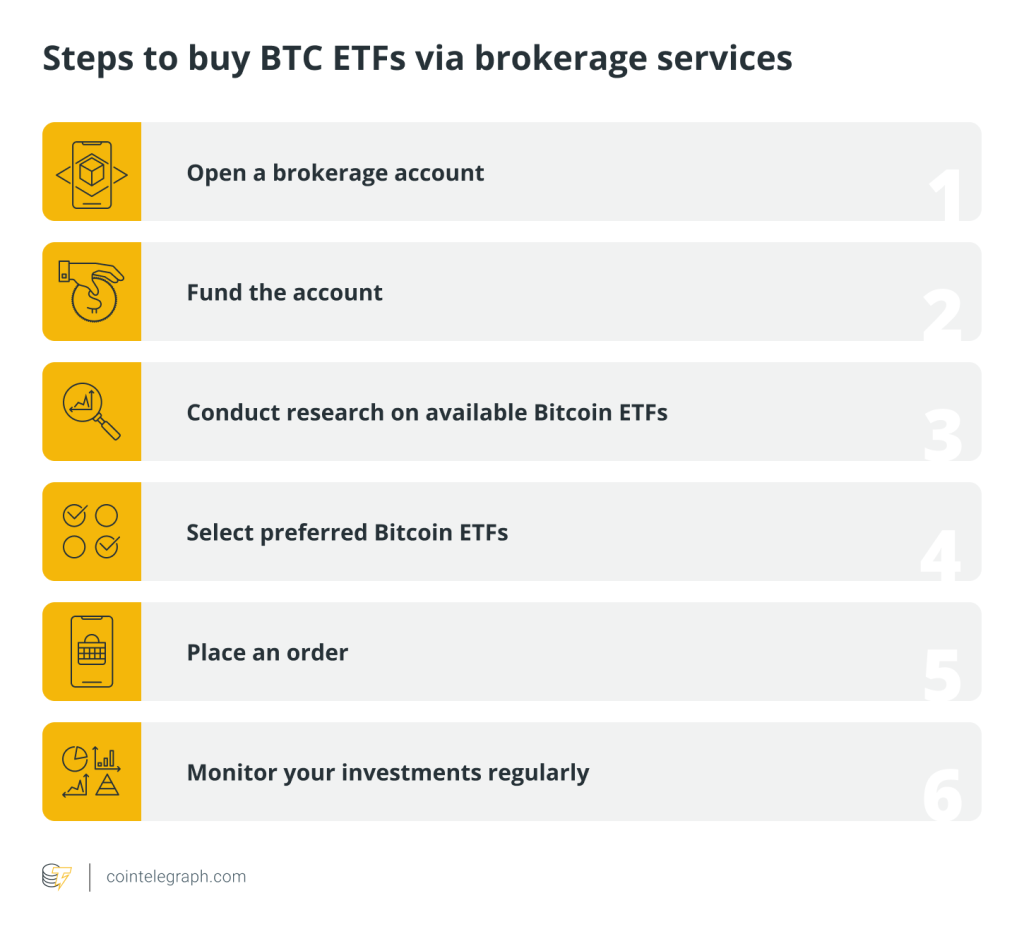
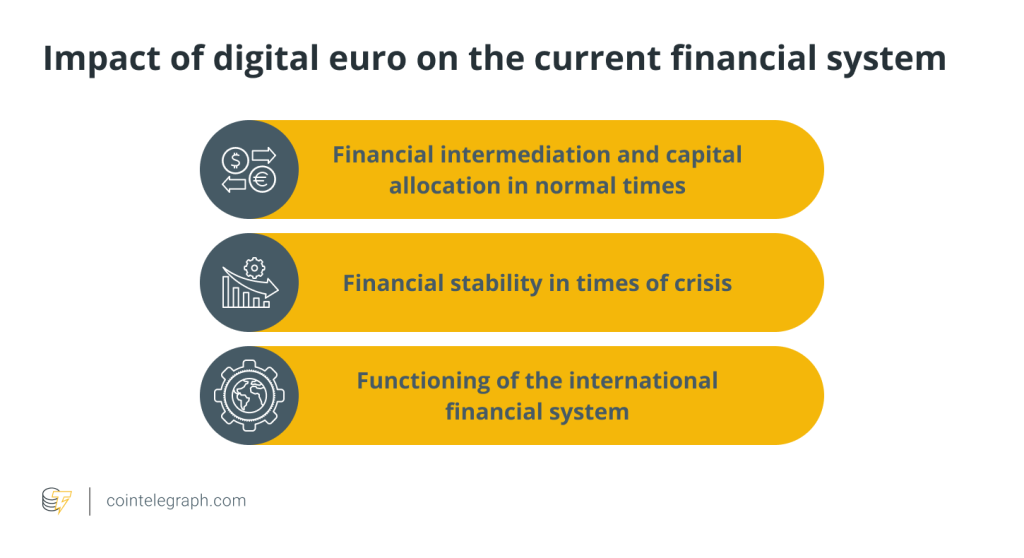
… [Trackback]
[…] Read More here on that Topic: x.superex.com/academys/beginner/2286/ […]
… [Trackback]
[…] Information to that Topic: x.superex.com/academys/beginner/2286/ […]
… [Trackback]
[…] There you can find 27257 additional Info to that Topic: x.superex.com/academys/beginner/2286/ […]
… [Trackback]
[…] Read More on that Topic: x.superex.com/academys/beginner/2286/ […]
… [Trackback]
[…] Find More on that Topic: x.superex.com/academys/beginner/2286/ […]
… [Trackback]
[…] There you will find 74710 more Info on that Topic: x.superex.com/academys/beginner/2286/ […]
… [Trackback]
[…] Find More to that Topic: x.superex.com/academys/beginner/2286/ […]
… [Trackback]
[…] Read More Info here on that Topic: x.superex.com/academys/beginner/2286/ […]
… [Trackback]
[…] Read More on to that Topic: x.superex.com/academys/beginner/2286/ […]
… [Trackback]
[…] Info on that Topic: x.superex.com/academys/beginner/2286/ […]
… [Trackback]
[…] There you can find 18468 additional Info to that Topic: x.superex.com/academys/beginner/2286/ […]
… [Trackback]
[…] Read More to that Topic: x.superex.com/academys/beginner/2286/ […]
… [Trackback]
[…] Here you can find 17416 more Information on that Topic: x.superex.com/academys/beginner/2286/ […]
… [Trackback]
[…] Find More Information here to that Topic: x.superex.com/academys/beginner/2286/ […]
… [Trackback]
[…] Find More on to that Topic: x.superex.com/academys/beginner/2286/ […]
… [Trackback]
[…] There you will find 37538 additional Info on that Topic: x.superex.com/academys/beginner/2286/ […]
… [Trackback]
[…] Find More Info here to that Topic: x.superex.com/academys/beginner/2286/ […]
… [Trackback]
[…] Info on that Topic: x.superex.com/academys/beginner/2286/ […]